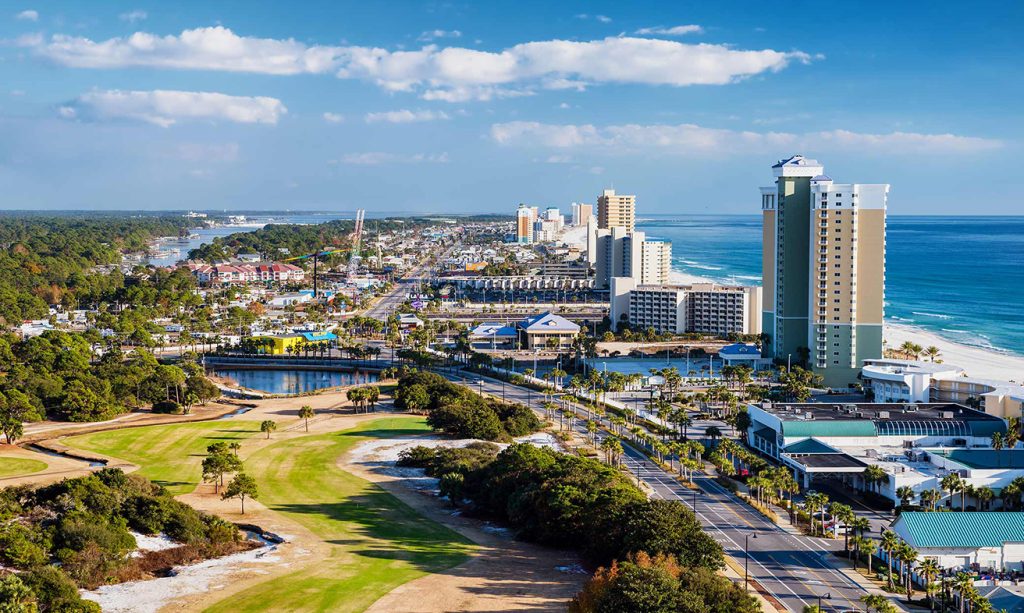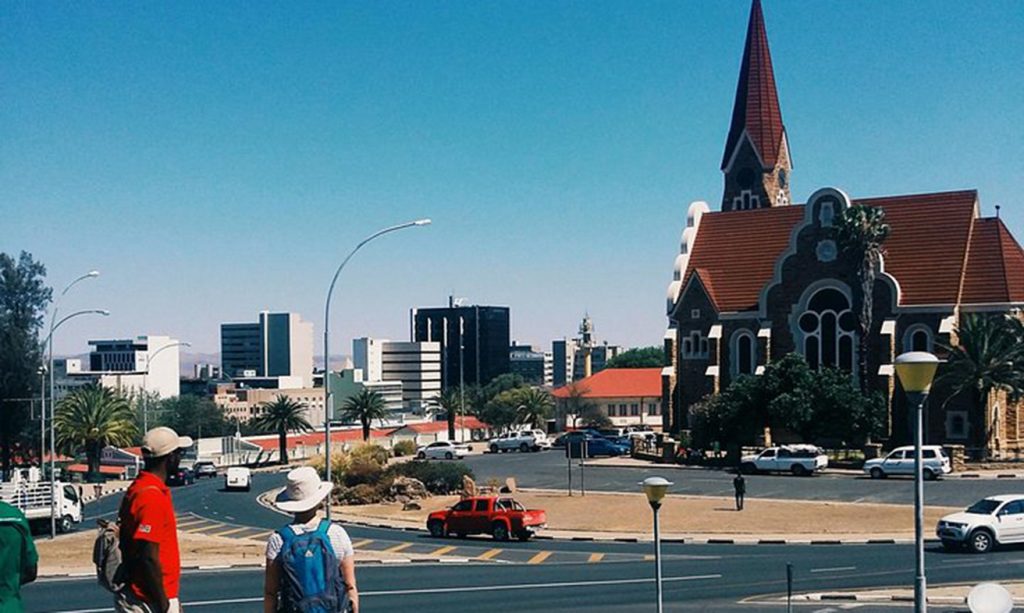As I prepared for my journey to Panama, I couldn’t help but feel a sense of anticipation and excitement. The thought of immersing myself in the vibrant culture, exploring the diverse landscapes, and encountering the warm hospitality of the Panamanian people filled me with anticipation. Before setting foot in this remarkable country, I made sure to gather all the necessary information to ensure a smooth and enriching travel experience. From visa requirements to cultural customs, I delved into the intricacies of Panama’s unique identity. Join me as I share the knowledge I’ve gained, providing you with a detailed overview of what you need to know before embarking on your own adventure in Panama.
1.Visa Requirements: Before embarking on my journey to Panama, I made sure to thoroughly research the visa requirements based on my nationality. It’s essential to check the specific visa regulations well in advance of your travel dates to ensure a smooth entry into the country. Panama offers different types of visas, including tourist visas, business visas, and transit visas. Depending on the purpose and duration of your stay, you may need to apply for a visa beforehand or obtain one upon arrival. It’s important to have all the necessary documentation, such as a valid passport with at least six months of validity, proof of onward or return travel, and sufficient funds to support your stay in Panama.
2.Currency: Understanding the currency in Panama is crucial for seamless transactions during your trip. The official currency is the Panamanian Balboa (PAB). However, the US Dollar (USD) is widely accepted and used interchangeably with the Balboa. It’s advisable to carry small denominations of US dollars for convenience, as some businesses may have difficulty providing change for larger bills. ATMs are readily available in major cities, allowing you to withdraw cash in the local currency. It’s always wise to inform your bank of your travel plans to ensure your cards are not blocked while abroad.
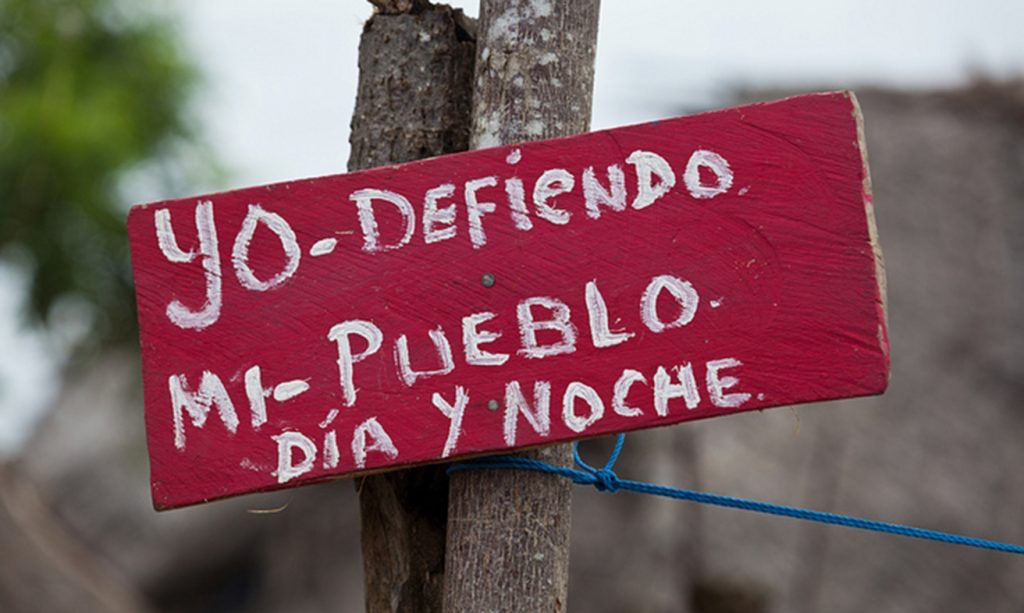
3.Language: While preparing for my trip to Panama, I made an effort to learn a few basic Spanish phrases. Spanish is the official language of the country, and while English is spoken in tourist areas and hotels, having some knowledge of Spanish proved to be immensely helpful during my interactions with locals. Learning common phrases such as greetings, asking for directions, and ordering food enhanced my travel experience and allowed for better communication and cultural exchange. Panamanians appreciate the effort made to speak their language, even if it’s just a few words, and it often opens doors to more meaningful connections and experiences.
4.Safety: Ensuring my safety while traveling in Panama was a top priority for me. Like any destination, it’s important to exercise caution and be aware of your surroundings. I kept a close eye on my belongings, especially in crowded areas, to prevent any potential theft or loss. It’s advisable to avoid displaying valuable items or carrying large sums of cash. Staying in well-lit and populated areas, particularly at night, provided an added sense of security. I familiarized myself with common scams and areas with higher crime rates to avoid any unnecessary risks. By staying vigilant, being aware of my surroundings, and using common sense, I felt confident in navigating Panama’s cities and enjoying its diverse attractions.
5.Health and Vaccinations: Prior to my trip to Panama, I took the necessary precautions to ensure my health and well-being. I consulted with a healthcare professional or visited a travel clinic to discuss any required vaccinations or health precautions. It’s important to consider common vaccinations such as hepatitis A and B, typhoid, and routine vaccines like measles, mumps, and rubella. Depending on the duration and nature of your visit, additional vaccinations or medications, such as those for yellow fever or malaria, may be recommended. It’s crucial to discuss your travel plans with a healthcare professional who can provide personalized advice based on your medical history and the specific areas you plan to visit.
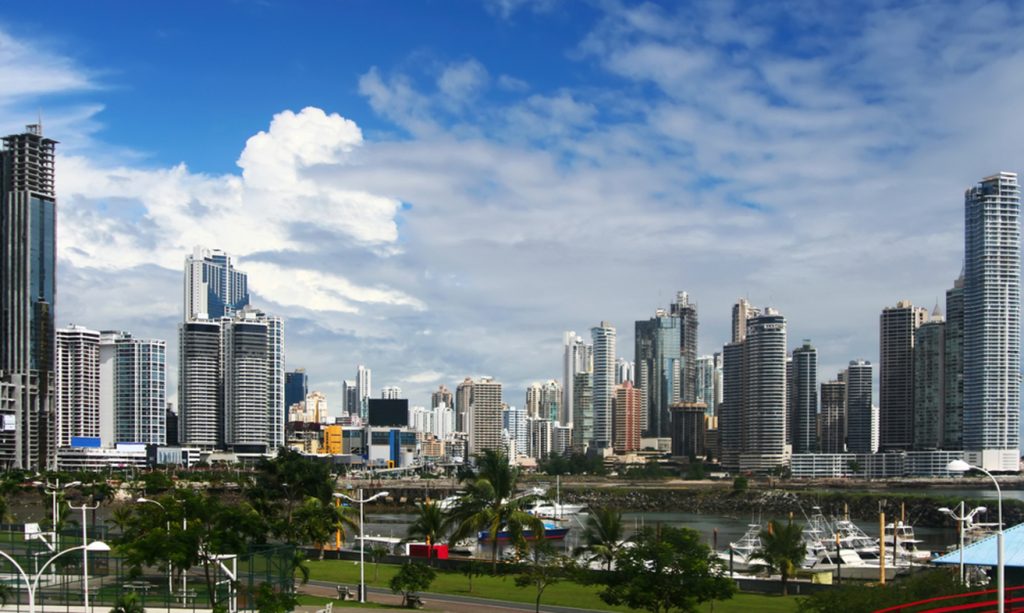
6.Weather: Understanding the climate in Panama helped me pack appropriately for my trip. The country has a tropical climate with distinct dry and rainy seasons. The dry season spans from December to April, while the rainy season occurs from May to November. During the dry season, temperatures are typically hot and humid, so I packed lightweight and breathable clothing such as cotton shirts, shorts, and summer dresses. Sunscreen, a hat, and sunglasses were essential to protect myself from the strong tropical sun. If traveling during the rainy season, I made sure to pack a waterproof jacket or umbrella to stay dry during sudden showers. It’s also helpful to have quick-drying clothes and sturdy footwear for navigating wet surfaces.
7.Transportation: Getting around Panama was a breeze thanks to the well-developed transportation network. In cities, taxis and buses are the most common modes of transportation. When using taxis, I made sure to choose official taxis with working meters or negotiate and agree on the fare before the journey. Ride-hailing apps like Uber are also available in major cities, providing a convenient and reliable option for transportation. For longer distances between cities, domestic flights and long-distance buses are popular choices. Domestic flights are efficient and convenient, especially for reaching destinations that are farther away. Long-distance buses offer an affordable and comfortable option, with reliable service and frequent departures between major cities and tourist destinations.
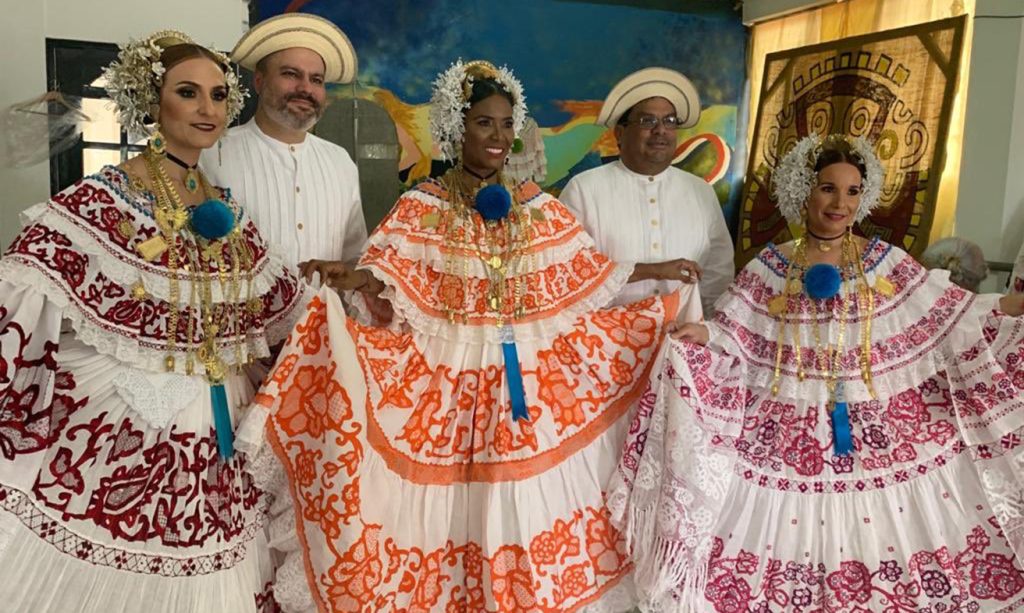
8.Culture and Etiquette: Embracing the local culture and observing proper etiquette enriched my experience in Panama. Panamanians are known for their warm and friendly nature. It’s customary to greet others with a handshake or a kiss on the cheek, especially when meeting someone for the first time. I found that making an effort to greet locals in their native language, such as saying “hola” (hello) or “buenos días” (good morning), was greatly appreciated. When visiting religious or rural areas, I dressed modestly out of respect for local customs and traditions. It’s important to be mindful of cultural sensitivities and always ask for permission before taking photos, especially in indigenous communities. Tipping is common in Panama, and a service charge is sometimes included in restaurant bills. I usually left an additional 10% tip for good service to show my appreciation.
The vibrant culture, stunning landscapes, and warm hospitality of the Panamanian people have left an indelible mark on my heart. From exploring the marvels of the Panama Canal to immersing myself in the rich history of Casco Viejo, every moment was filled with wonder and discovery.
As I traversed the crystal-clear waters of the San Blas Islands and ventured into the lush highlands of Boquete, I marveled at the natural beauty that Panama so generously offers. The warm smiles and genuine kindness of the locals made me feel welcomed and at home in this beautiful country.
Having understood the importance of safety, respect for local customs, and the practicalities of transportation and currency, I navigated Panama with ease and confidence. The knowledge I acquired before my trip allowed me to fully embrace the adventure and make the most of my time in this captivating land.
